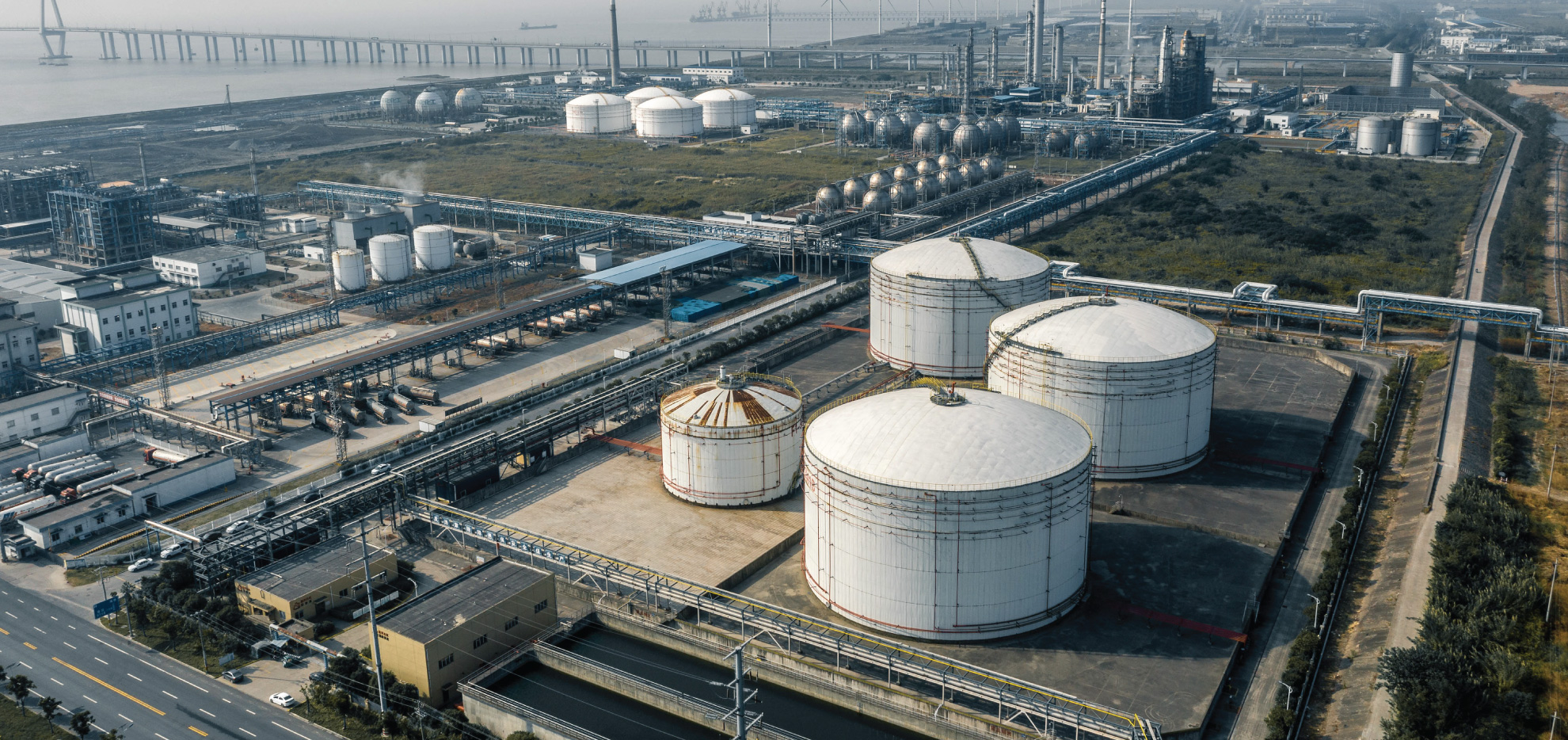Small-scale coal-to-chemicals can revitalize India’s petrochemicals industry, economy-Part 1 & 2

Generally, petrochemical products, especially polymers are derived from natural gas or crude oil (e.g. naphtha) as feedstock. The basic raw material for polymers, i.e. monomer is derived mostly from gas or liquid crackers. The cracker complexes are of large size, enormous complexity, high capital investment, and associated project risks. This pre-empts them from being suitable for relatively smaller volume, fit-for-purpose chemicals which target regional demands. Also, India has a very limited resource of natural gas and crude oil available, which are less than 1 % of the global reserves. On the other hand, India’s proved coal reserves are substantial at about 60,600 MMT, amounting to 6.8% of the global reserves, and coal is the largest contributor to India’s fossil fuel energy basket. This abundance of the coal could be put to use to manufacture relatively smaller volume, fit-for-purpose chemicals. The small size units have relatively small investments and could be deployed in a distributed manner for inclusive growth of India and support the “Make in India” initiative. It could save foreign exchange spend on importing relatively expensive fossil fuel feedstocks like crude or natural gas and also help in reducing geo-political risks associated with dependence on the fossil fuel import. Some of such coal-to-chemicals routes are well proven e.g. coal to acetylene to chemicals and relatively small volume chemicals like VCM/PVC, VAM, acrylics, BDO can be manufactured from coal. Figure 1 illustrates the routes to chemicals based on coal.
 |
|
Figure 1: Routes to chemicals from coal |
In the present case study, techno-economic analysis of coal as an alternative feedstock for manufacture of petrochemicals (with PVC taken as an example) has been studied. Figure 2 shows the different route of PVC production process. It compares variable costs of PVC manufactured from natural gas (ethane) or naphtha via ethylene route with the PVC manufactured from coal via calcium carbide / acetylene route. This comparative cost analysis indicates that manufacturing fit-for-purpose quantities of coal based PVC can be an economically viable option, especially in high-oil / gas -price scenarios.
 |
|
Figure 2: Routes to PVC production |
TCE, with its deep expertise from coal mining to chemicals to power, can provide integrated, end-to-end engineering solutions, serving to the entire project and product life cycles in this area.
Further more details –





